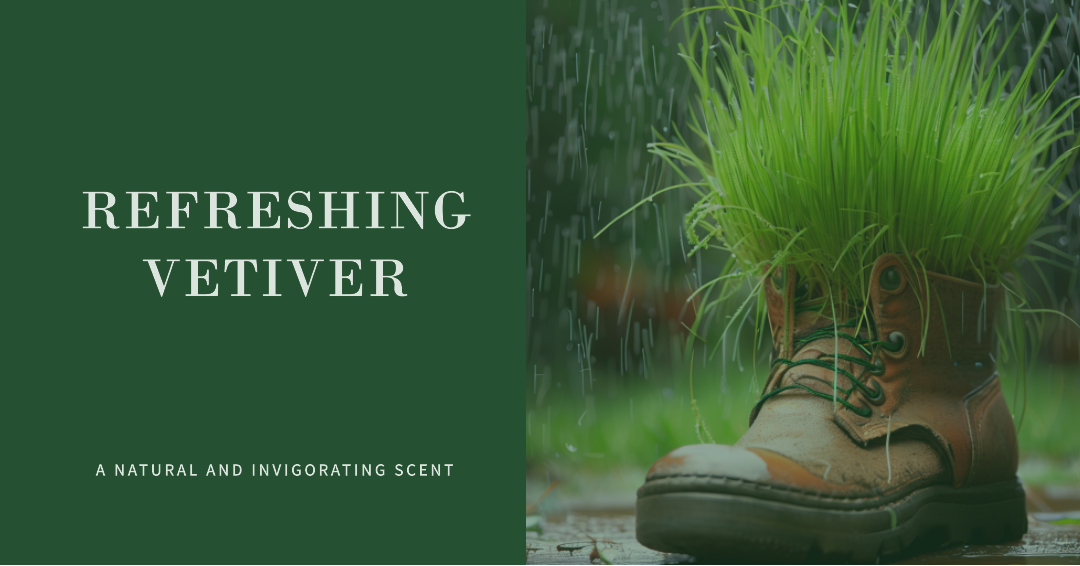In the heart of India and Sri Lanka, a humble grass stands tall, both in stature and significance. Vetiver, scientifically known as Chrysopogon zizanioides, transcends the ordinary. This OrganicMotion article unveils the versatile prowess of vetiver, exploring its multifaceted applications ranging from erosion control to aromatic therapies.
A Profile in Strength and Structure
Vetiver presents itself as an imposing perennial grass, forming dense clumps that reach up to 3 meters in height. Its leaf blades, averaging 12mm in width, create an impressive canopy. What truly sets vetiver apart is its root system, diving 2-5 meters deep into the earth. Found along riverbanks, these formidable roots stabilize the soil, guarding against erosion and imparting resilience to the landscape.
Functional Marvels
The repertoire of vetiver’s functions reads like a compendium of sustainability. Primarily known for soil erosion control and slope stabilization, it slows water movement, traps sediment, and curbs the forces of nature. Beyond its environmental role, vetiver is an invaluable asset in wastewater treatment, remediation of contaminated land, and enhancing agricultural practices. Its significance extends to the fragrance industry, as the roots yield a coveted oil for perfumery. Vetiver’s crowning glory lies in its carbon sequestration prowess, playing a role in climate mitigation.
From Roots to Craftsmanship
Vetiver’s potential spans a spectrum of industries. While its roots yield an aromatic oil with myriad applications, they also weave into mats, fans, and screens. The grass tops find purpose as thatch, mulch, handicraft material, fodder, and animal bedding. Uniquely resistant to fire and pests, vetiver offers an array of sustainable solutions.
A Medicinal Companion
Beyond its utilitarian roles, vetiver possesses medicinal attributes. The aromatic root produces a valuable oil employed in aromatherapy, perfumery, and traditional remedies. Vetiver root infusions serve as cooling tonics, and the grass finds use in African traditions to alleviate headaches. Yet, care is warranted as its oil can affect pregnant and breastfeeding women.
Cultivating Vetiver
Planting vetiver is a commitment to resilience. Propagated through root divisions or “slips,” this grass requires meticulous attention during its initial growth phase. Choosing its location wisely is paramount due to its deep-rooted nature. Thriving in full sun, vetiver’s adaptability extends to various soil types and climatic conditions.
Culinary Delights
Vetiver’s influence extends to culinary realms. Its roots are transformed into khus syrup, a dark green essence with a woody taste. This syrup flavors diverse concoctions, from milkshakes to lassi, ice creams, and mixed beverages, adding a distinctive touch to culinary creations.
Stalwart Guardian of the Land
Vetiver, the unassuming grass, emerges as a stalwart guardian of the land, a fragrant muse for artisans, and a reservoir of medicinal properties. From its roots to its blades, it weaves a narrative of sustainability, resilience, and innovation. This verdant wonder stands as a testament to nature’s artistry and humanity’s ingenuity, beckoning us to explore its multifaceted world and harness its potential for the greater good.
